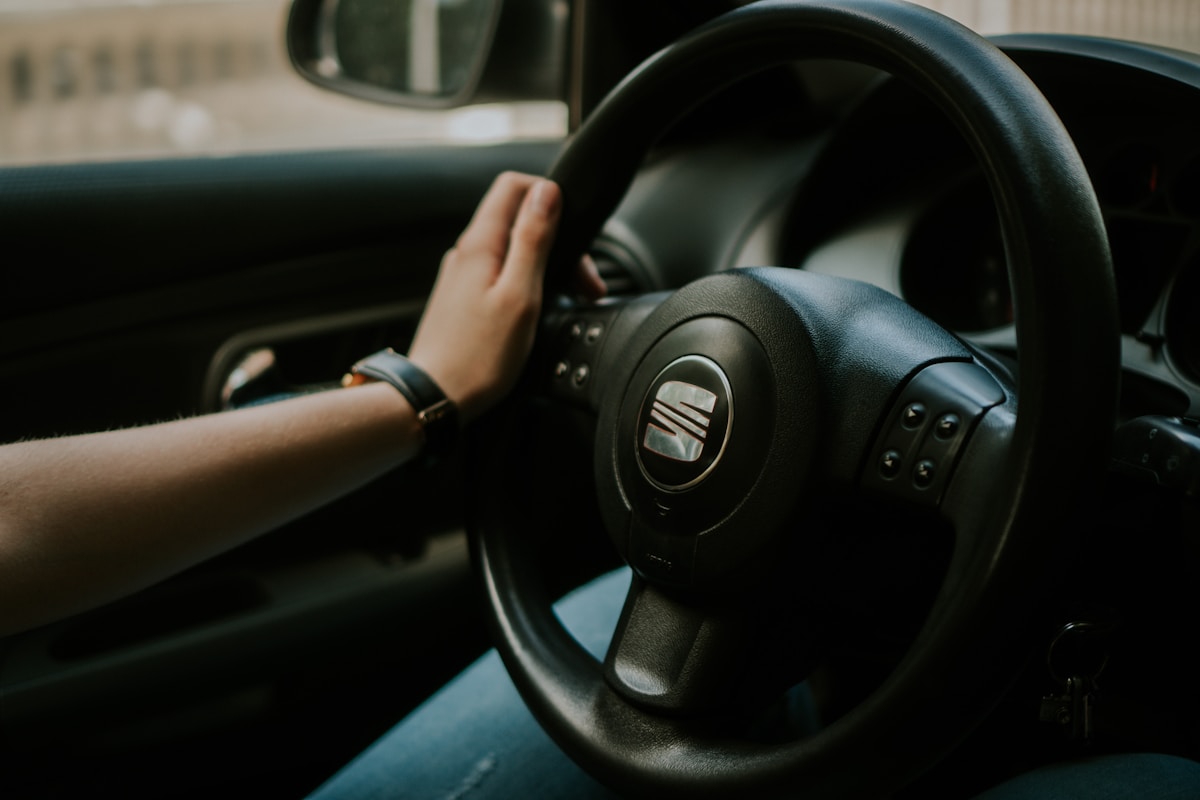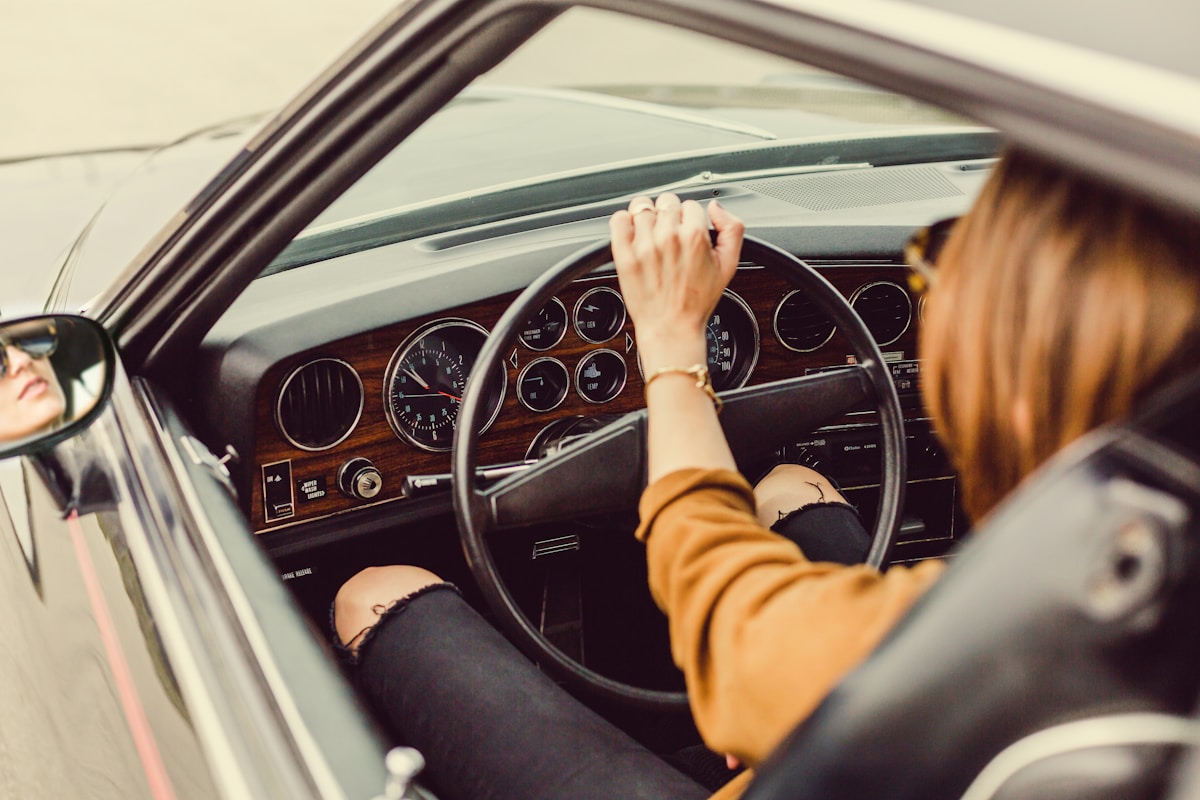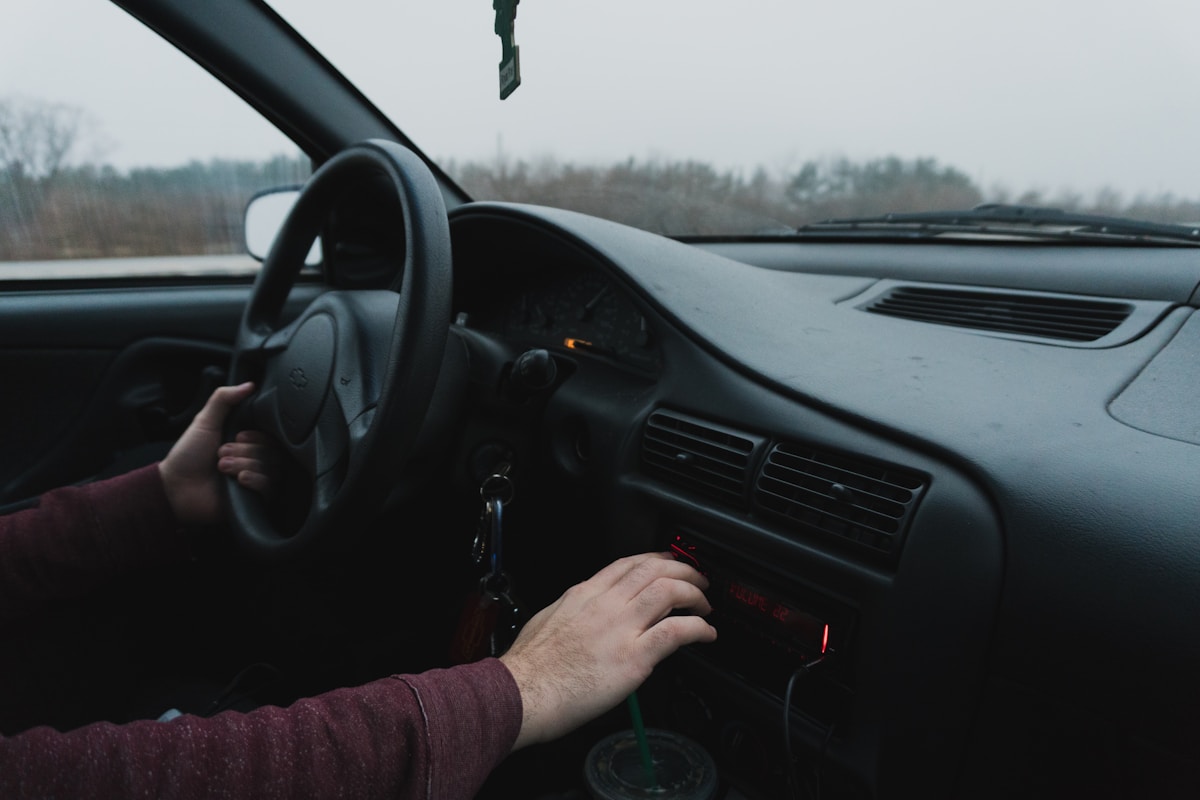This blog is shared from www.safety.com.
Since apps will tell you exactly where your driver is, you only need to go out and meet them at the last possible minute. Request your ride while you’re still inside and remain in an area that is well lit, comfortable and in the presence of other people for as long as possible.
University of South Carolina and the family of Samantha Josephson are spearheading the #WhatsMyName campaign to promote rideshare safety by always positively identifying your driver. Never get into an Uber, Lyft or any other private car unless the driver can first identify you by name. If they’re your actual driver, they will also know your destination.
You must also match the make, model and license plate of the car to what’s listed in the app. Make sure their personal appearance matches their profile photo.

If you can share a ride with a friend, do it. There is strength in numbers and you can split the cost to boot.
Both Lyft and Uber have in-app trip sharing features that allow you to share live updates on your trip with trusted friends. Simply hit “Share trip status” in Uber or “Share route” in Lyft. (Sadly, Josephson’s boyfriend was tracking her phone during the fatal ride. Like other safety measures, this effort should be reinforced with additional precautions.)
Other apps and devices can add more layers of protection. For example, the iWitness app ($3 per month, free trial available) turns your phone into a mini security system, with a security camera, alarm and emergency 911 calling just a tap or shake away. Tego is a free app that also tracks walks and rides with optional video recording, while The Nimb Ring is a smart ring that conceals a panic button.
People are more likely to commit crimes when they think they’re not going to get caught, so give some indication that people are looking out for you. Make a phone call and tell someone that you’re on an Uber. If they don’t answer (or you don’t want to call at an odd hour) one trick is to leave yourself a voice memo instead. A script like this might help: “Hey mom, just calling to let you know that I’m in my Uber now. I’ll be there in about 15 minutes and you can also follow along on the app. See you soon!”

Uber advises that it’s safer to sit in the back of the car because it creates two possible exits and increases space between the driver and the passenger. Additionally, sitting on the passenger side instead of directly behind the driver can help you keep an eye on both the driver and the road. However, all vehicles and situations are different. In a large car or shared ride, try to choose a seat with easy access to the door, a good vantage point of the driver and the road ahead, and courteous distance between other passengers. If you feel safer in the front seat, a good driver shouldn’t mind if you sit there. Consider it a red flag if a driver tries to force you into a certain seat.
“Simply telling the driver that you actually care about safety can make a big difference in how safely he or she drives with you as a passenger,” Attorney Willis points out. She recommends reminding the driver to proceed safely and lawfully before the ride starts. Distracted driving can also be a huge problem – your driver should not make calls or fiddle with their phone, even if it’s hands-free. “There have been many catastrophic injury and death cases caused by distractions while using Bluetooth phone connections,” she says.
Be a good passenger. Wear your seatbelt, don’t distract the driver or ask them to do anything dangerous. If sharing the ride, be courteous to other passengers.
If you need to communicate with the Uber or Lyft driver, you can do so via the app without giving out your contact information, social media handles or last name. Remember that there is no legitimate reason to give your driver a direct payment. If you’re on the way home, consider being dropped off at a safe nearby location that doesn’t give away your address.

If anything seems “off” about your driver, car, route or anything else, speak up. Prioritize your own wellbeing over your passenger rating. Don’t get in the car if your instincts are tingling. End the ride if you’re not comfortable, as long as you’re in a safe place to exit and find another ride.
As a passenger, you might not be cognizant of nearby traffic. Wait until the car is somewhere out of harm’s way before you attempt to get in. When you get out, exit away from traffic, and make sure not to open the door into cyclists, pedestrians or other vehicles.
If you were sketched out by anything that happened during your ride, don’t hesitate to report it. You might have avoided harm or trauma, but the next person might not be so unfortunate. Do your part to help cull problematic drivers from the pool.